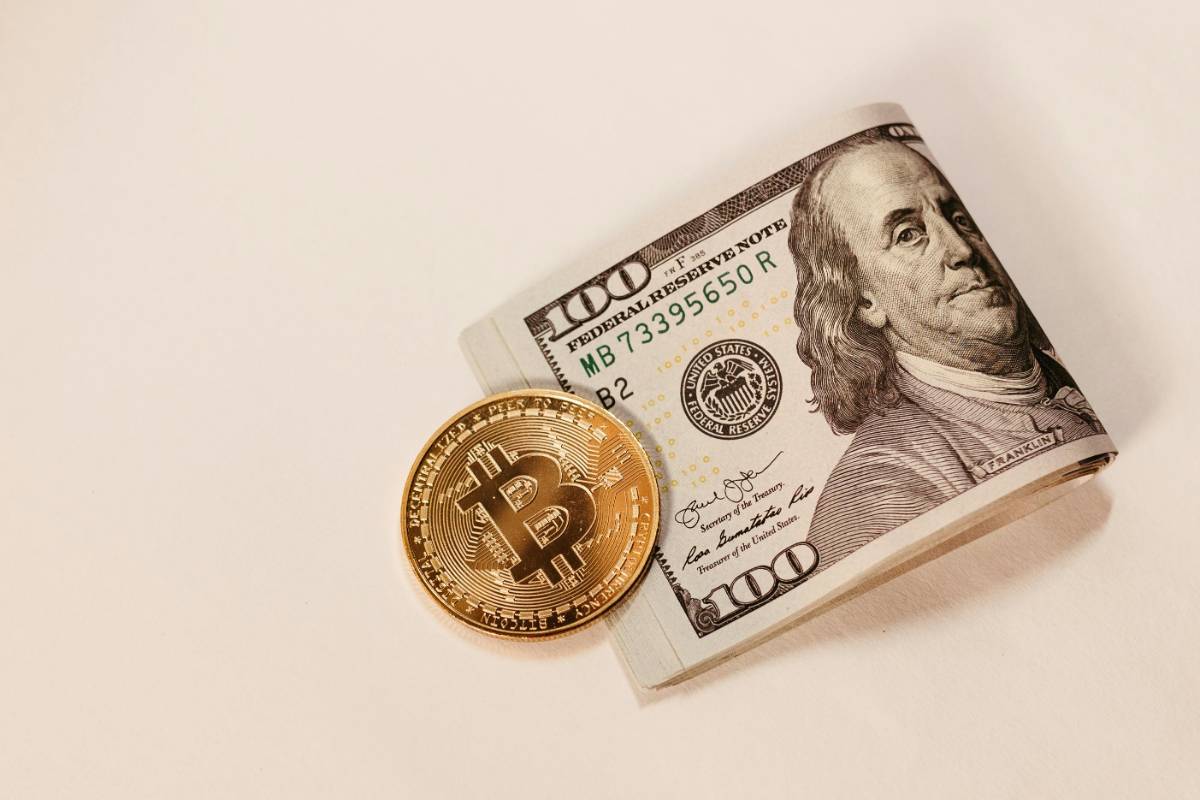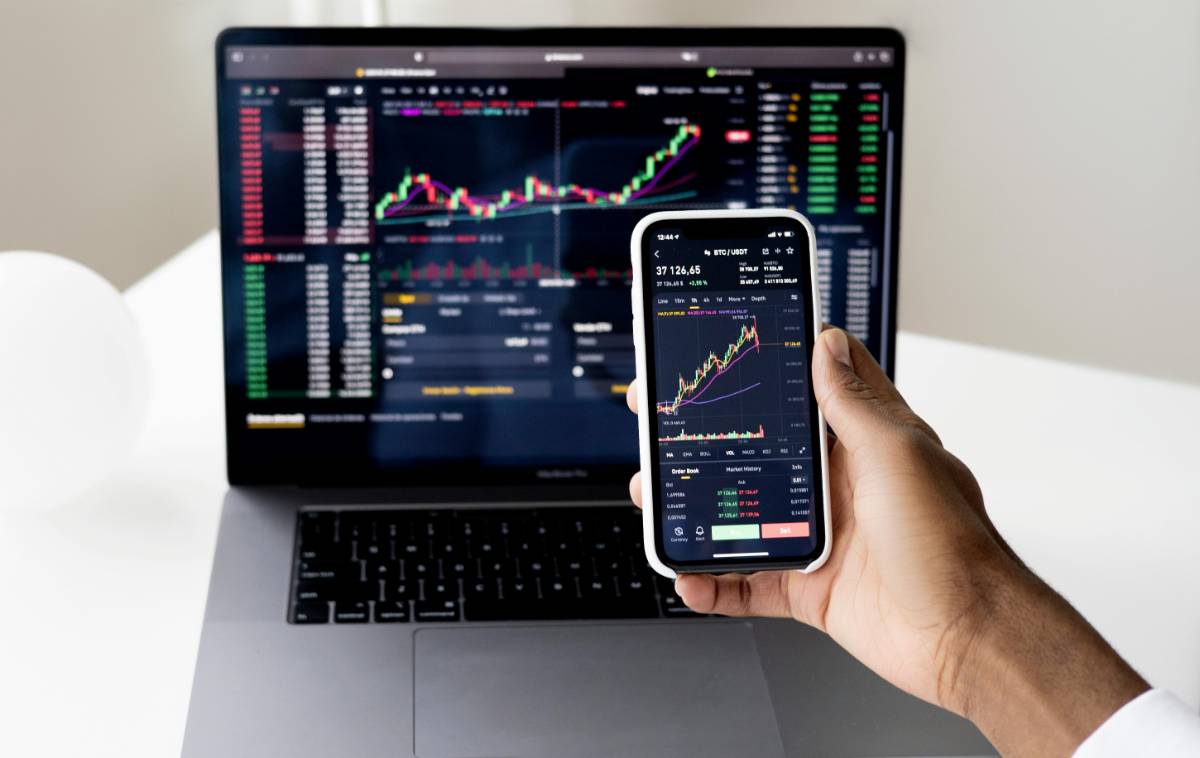
The Pros and Cons of Investing in Gold and Precious Metals
 By Samantha Lee
By Samantha LeeInvesting in gold and precious metals has long been considered a safe haven, especially during periods of economic uncertainty. Precious metals such as gold, silver, platinum, and palladium have a history of retaining their value and even appreciating during times of market volatility. However, like any investment, they come with their own set of pros and cons. In this article, we’ll explore the advantages and disadvantages of investing in gold and other precious metals.

The Pros of Investing in Gold and Precious Metals
Gold and other precious metals have been valued for thousands of years. Below are some key advantages of investing in them:
Hedge Against Inflation: Gold is often seen as a hedge against inflation. As the value of paper currency decreases, the price of gold tends to rise, making it a reliable store of value.
Diversification: Precious metals can diversify your investment portfolio. They typically do not correlate directly with the performance of stocks or bonds, which can help reduce overall portfolio risk.
Safe Haven Investment: During times of economic instability, geopolitical tension, or market downturns, precious metals are often seen as a safe investment, as their value remains relatively stable or even increases.
Long-Term Value: Historically, gold and precious metals have maintained their value over the long term. They do not lose value due to currency devaluation or economic cycles in the same way that paper assets do.
The Cons of Investing in Gold and Precious Metals

Despite their many benefits, investing in gold and precious metals also has some drawbacks. Here are some of the key cons to consider:
Volatility: While gold is often seen as a stable investment, its price can be volatile in the short term. Fluctuations in market demand, geopolitical events, or interest rates can affect the price of gold and other precious metals.
No Yield: Unlike stocks or bonds, gold and precious metals do not generate any income, such as dividends or interest. This makes them less appealing for income-seeking investors.
Storage and Security: Physical gold and other precious metals need to be securely stored. This can involve purchasing a safe, renting a safety deposit box, or using a third-party custodian. There are also potential costs and risks associated with storing precious metals.
You might also like
1. How to Build and Improve Your Credit Score2. How to Save Money on Taxes: Tips for Individuals and Businesses3. Best U.S. ETFs for Long-Term Investors in 20254. AI and Automation: The Next Big Disruptors in the Stock MarketLiquidity Issues: While gold is highly liquid, converting physical precious metals into cash quickly can be more challenging than selling stocks or bonds. Additionally, selling gold may involve fees or commissions.


Different Ways to Invest in Gold and Precious Metals
There are several ways to invest in gold and precious metals, each with its own benefits and challenges. Some of the most common methods include:
Physical Gold and Precious Metals: This includes buying coins, bars, and jewelry. While physical metals offer the advantage of ownership, they also require secure storage and protection.
Gold ETFs and Precious Metals Funds: Exchange-traded funds (ETFs) that track the price of gold or other precious metals are an easy way to gain exposure to the market without the need for physical ownership.
Mining Stocks: Investing in mining companies that produce gold and other metals is another way to gain exposure to the precious metals market. However, these stocks come with risks that are distinct from owning the metals themselves, such as operational risks and market volatility.
Futures Contracts: Futures contracts allow investors to speculate on the price movements of gold and other precious metals. These contracts can be risky and are typically used by more experienced traders.
Is Gold a Good Investment for Everyone?
Gold and precious metals are not for everyone. Whether or not they make a good investment depends on your individual financial situation, goals, and risk tolerance. Consider the following when deciding if precious metals should be part of your portfolio:
Investment Horizon: If you are investing for the long term, gold can be a good choice due to its historical value retention. If you need quick liquidity or short-term growth, other investments may be more suitable.
Risk Tolerance: Precious metals can be volatile in the short term, so you should be prepared for potential price fluctuations if you are considering them as part of your portfolio.
Portfolio Diversification: If you are already heavily invested in stocks or bonds, adding gold or precious metals may help balance your portfolio and provide additional security against market downturns.
Conclusion
Gold and precious metals can be a valuable addition to your investment strategy, offering a way to hedge against inflation, diversify your portfolio, and provide long-term value. However, they also come with challenges, such as volatility, storage costs, and a lack of yield. Before investing in gold or precious metals, it’s important to carefully weigh the pros and cons and determine if they align with your financial goals and risk tolerance. For those looking to protect their wealth during times of economic uncertainty, precious metals may be an attractive option, but as with any investment, it’s crucial to do thorough research and make informed decisions.
About the author
 By Samantha Lee
By Samantha LeeSamantha Lee is a seasoned finance writer with over 8 years of experience helping millennials and Gen Z take control of their money. With a background in economics and a passion for demystifying complex financial concepts, Ananya shares actionable tips on budgeting, investing, and building long-term wealth. Her mission is to make financial literacy accessible, relatable, and empowering — no jargon, just smart money moves.
More like this

Government Policies and Their Effect on Personal Finances
Government policies play a crucial role in shaping personal finances, influencing everything from taxes and interest rates to employment opportunities and social benefits. Understanding these policies can help individuals make informed financial decisions.

The Role of Cryptocurrencies in the American Financial System
Cryptocurrencies have become an integral part of the American financial system, influencing investment strategies, payment solutions, and regulatory policies. As digital assets gain mainstream acceptance, their impact continues to grow.

How to Build a Strong Investment Portfolio in the U.S.
Building a strong investment portfolio requires strategic planning, diversification, and a clear understanding of financial goals. A well-structured portfolio helps manage risk while maximizing returns over time.

Best High-Yield Savings Accounts in the USA
High-yield savings accounts offer a great way to grow your money with competitive interest rates while maintaining easy access to your funds. Choosing the right account can help maximize your savings potential.

Personal Finance Tips for Managing Debt in the U.S.
Managing debt effectively is crucial for financial stability. By implementing smart strategies, individuals can reduce their financial burden and work toward a debt-free future.

The Impact of Interest Rate Changes on Loans and Mortgages
Interest rates play a crucial role in determining the cost of borrowing money for loans and mortgages. Changes in interest rates can significantly impact monthly payments, affordability, and long-term financial planning.

Understanding Credit Scores: How to Improve Yours
Your credit score plays a crucial role in financial health, affecting loan approvals, interest rates, and even job opportunities. Understanding how credit scores work and how to improve them can lead to better financial stability.

Retirement Planning: Best Strategies for Americans
Planning for retirement is essential to ensure financial security in later years. By adopting smart strategies, Americans can build a comfortable nest egg and enjoy financial independence.

How Inflation Affects Your Savings and Investments
Inflation erodes the purchasing power of money, making it a crucial factor for savers and investors. Understanding how inflation impacts savings and investments can help you make informed financial decisions.

The Future of Banking in the U.S.: Digital vs. Traditional
The U.S. banking industry is undergoing a major transformation with the rise of digital banking. Traditional banks face increasing competition from online financial institutions, leading to a shift in how consumers manage their money.

Managing Debt in the USA: Tips for Financial Freedom
Debt can be a major financial burden, but with the right strategies, you can regain control and achieve financial freedom. Understanding how to manage and reduce debt effectively is key to long-term financial stability.

Top Investment Opportunities in the U.S. for 2025
The U.S. investment landscape is evolving rapidly, offering new opportunities across various sectors. As 2025 approaches, investors can explore emerging trends and strategic investments to maximize their financial growth.





